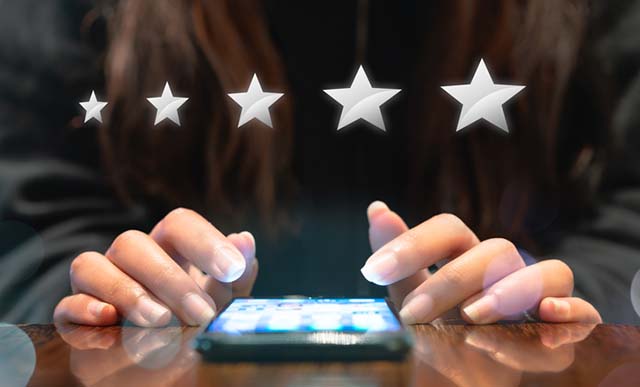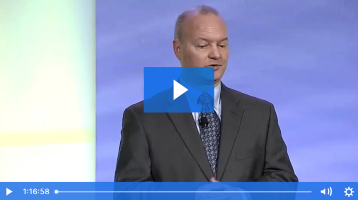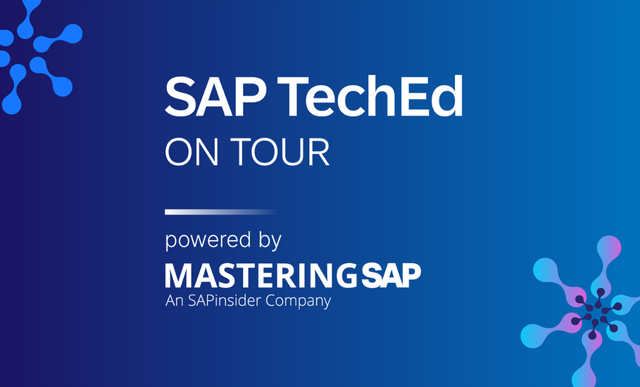SAP Customers of All Sizes Can Mine Digital Insights
See How Brookfield Zoo Analyzed Consumer Location and Movement Patterns with SAP Digital Consumer Insight
Does a 65-year-old woman who likes to bring her grandchildren to the zoo on weekdays also enjoy dancing to reggae, funk, and hip-hop on warm summer nights? This type of dataset is normally outside of SAP’s sphere, yet it is Precisely the kind of information that the Chicago Zoological Society wanted to gather to effectively promote its “Summer Nights” concert series at the Brookfield Zoo. To create a targeted advertising campaign, the zoo wanted to know more about its clientele and whether regular patrons are also fans of particular bands — specifically, Unity the Band and ReBirth Brass Band, two of the performers for its concert series in the summer of 2016. To do this, the zoo turned to SAP Digital Consumer Insight, SAP’s cloud-based platform that provides mobile data to track how many consumers pass through a chosen location each hour, where those consumers came from, their demographic makeup, and the type of mobile device they’re using. With SAP Digital Consumer Insight, customers can refine a dataset to analyze and can choose either a pay-per-insight subscription fee or a bundle rate.
The cost for the software and services to obtain anonymized wireless carrier data is usually outside the budgets of all but large enterprises. However, Brookfield Zoo made this possible by partnering with Vistar Media, a customer of SAP Digital Consumer Insight, to analyze consumers’ behavior based on the digital clues from their mobile devices.
To promote its concert series, Brookfield Zoo first wanted to know where its patrons live, so demographics and home ZIP codes of zoo patrons were analyzed during a weekend in June 2016. Next, the zoo gathered geolocation information from patrons of recent Chicago-area concert appearances from Unity the Band and the ReBirth Brass Band. By comparing these datasets, the zoo was able to identify which ZIP codes to target for its out-of-home advertising — such as digital billboards and elevator screens — rather than blindly targeting drivers passing an electronic billboard on I-290 East into Chicago, for example. Furthermore, this analysis helped to inform event planning, as the zoo can use the information to decide which bands to partner with for future concerts.
Explore related questions
“With SAP Digital Consumer Insight, we can provide Brookfield Zoo and other smaller, local advertisers detailed insight on how we should reach their customers throughout their daily consumer journey,” says Michael Provenzano, Vistar Media CEO and Co-Founder. “SAP Digital Consumer Insight plugged right into our existing business model, with the difference being that we are creating an advertising strategy and buying media against SAP analytics and the insights gleaned from SAP data.”
Digital Clues
The Brookfield Zoo collaboration was a win for all involved. SAP was able to leverage the expertise of Vistar Media in processing and analyzing telecom data. Vistar Media was exposed to a small and midsize enterprise (SME) audience that otherwise would most likely lack the resources to access wireless carrier data at the scale of its larger clients. And Brookfield Zoo, of course, received a one-stop option to isolate the insights it needed and take follow-up actions based on the analysis — such as buy advertising on an electronic billboard, for example, that would reach a target audience.

Brookfield Zoo’s use of SAP Digital Consumer Insight is indicative of how leveraging digital insights — including sensor data — is becoming a competitive differentiator in business across all industries. Retailers use digital insights to drive foot traffic or to decide future storefront locations. Logistics companies use sensor data to optimize travel routes, minimizing fuel costs or spoilage. Those are just two of many well-known examples of companies using data from the physical world to influence business decisions, with more use cases appearing seemingly by the day. Likewise, because most consumers — or at least those that advertisers want to reach — are attached to smartphones, the practice of mining digital insight based on consumer location is all but guaranteed to become more prevalent.
“Look at trailblazing companies like Uber and others that collect location data,” Provenzano says. “I believe we’re going to see huge technological advancements for analyzing movement patterns over the coming years. We’re on the forefront of that effort right now. SAP is as well. A lot of this technology will be productized and commoditized over time, and right now there’s a big race going on to create actionable insights from movement patterns.”
The study of movement patterns does not mean finding the precise location of an individual, say a zoo patron, at a given moment in time. In the analysis done for Brookfield Zoo, for example, finding out where zoo patrons live and finding out where visitors to concerts live entails looking at anonymized mobile data from chosen locations — the zoo and the concerts — and looking at the catchment area data of the devices that passed through the location at a given time. The zoo found that 18% of patrons who visited the zoo during the analyzed weekend live in ZIP code 60404, and that 24% of the visitors to the Unity the Band show that same month live in the 60611 ZIP code.
Based on the data, the zoo could determine to purchase out-of-home advertising at locations where concert-goers and zoo-goers are most likely to see it. Consumer movement patterns can also be analyzed over the course of an entire day. Insights for a retailer, for example, could reveal the probabilities of a customer driving by a digital billboard at a certain time of day, informing the retailer the best time of day to buy space on the billboard. Vistar’s advertising technology platform can then automatically take these insights and programmatically purchase digital out-of-home media for the zoo.
“We could say a certain billboard at a certain time of day has the highest probability of reaching a loyal customer than any other billboard in the area,” Provenzano says. “So it has nothing to do with a single person, but rather the movement patterns of massive amounts of people. People tend to be habitual by nature, and brands want to know what those habits are.”
A Connected World
SAP Digital Consumer Insight is not SAP’s first foray into generating customer insights through next-generation technologies such as mobile analytics, Internet of Things (IoT), and connecting devices to the physical world. In January 2017, the company released SAP Leonardo, its IoT innovation portfolio, which is part of its commitment to invest €2 billion over several years to accelerate innovation in the IoT space. The objective is to help companies connect assets to people and processes, and integrate cognitive learning and intelligent solutions into business systems to run a live and fully digital business.
SAP Digital Consumer Insight exposes the SME market to some of the same possibilities, albeit on a smaller scale. According to Provenzano, “SAP working with Vistar on small business opportunities is a great way to put us on the forefront of analyzing movement patterns, but it is just the beginning. SAP’s work in IoT, combined with Vistar’s revenue solution monetizing media and data assets in the physical world, could power the growth of smart city projects.”







